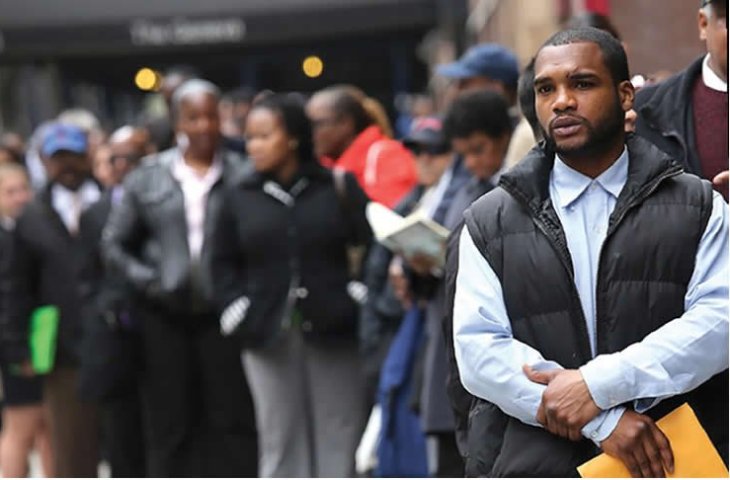UN Launches Train-to-Hire Refugee Employment Scheme in Asia-Pacific Region
“Forced displacement has reached unprecedented levels, and we urgently need practical, scalable solutions for refugees to find safety and opportunities,” said Filippo Grandi, the UN High Commissioner for Refugees.

In a landmark effort to transform refugee resettlement through economic empowerment, the International Organization for Migration (IOM) and the United Nations High Commissioner for Refugees (UNHCR) have launched a joint “train-to-hire” programme aimed at connecting skilled refugees in the Asia-Pacific region with international employment opportunities. This initiative represents a new frontier in global refugee assistance, shifting focus from short-term relief to long-term, dignified livelihoods.
Shifting the Narrative: From Refugee to Skilled Professional
“Forced displacement has reached unprecedented levels, and we urgently need practical, scalable solutions for refugees to find safety and opportunities,” said Filippo Grandi, the UN High Commissioner for Refugees. “This initiative is a lifeline, unlocking legal pathways to employment and supporting both refugees and host economies in the process.”
Amy Pope, Director General of IOM, underscored the transformative potential of this approach. “When we invest in the potential of people on the move, we are opening doors to a future where skills matter more than status. Migrants and refugees bring skills, experience, and determination. This initiative helps connect those qualities with real opportunities in the labour market.”
Backed by Australia, Aligned with Global Pledges
The pilot programme is being funded by the Government of Australia over an initial 22-month period, and stems directly from the country's commitments at the 2023 Global Refugee Forum. Australia’s investment seeks to catalyze regional cooperation and develop a replicable model that expands safe, legal, and sustainable labour migration pathways for displaced populations.
The programme is designed to build job readiness by identifying skilled refugees, providing them with tailored training, and matching them with international employment sectors experiencing labour shortages—especially in Australia and other participating countries. Key sectors are expected to include healthcare, aged care, agriculture, construction, and other industries where medium- and long-term demand is high.
Addressing the Refugee Employment Gap
Despite many refugees having market-ready skills, international job placements remain rare due to legal, logistical, and societal barriers. According to OECD and UNHCR data, only around 183,000 skilled refugees from eight nationalities secured job-based visas in wealthier nations between 2019 and 2023. This number, while promising, remains a small fraction of the potential, given the over 42 million refugees globally.
The “train-to-hire” programme directly targets these gaps. By focusing on refugee talent, reducing employer hesitation, and building frameworks for mutual support, the initiative hopes to normalize and expand what are often called complementary labour pathways — routes to employment that go beyond traditional asylum or resettlement programmes.
A Model for Inclusive Economic Growth
This approach reflects a broader vision of inclusive development. Facilitated labour mobility benefits not just refugees, but also the economies of receiving countries. Many nations in the Asia-Pacific, Europe, and North America are grappling with acute labour shortages, aging workforces, and limited local talent pools. Refugee labour mobility presents a win-win solution: refugees find safety and purpose, and host countries gain productive contributors to their economies.
By training refugees in practical skills aligned with labour market needs — including language proficiency, industry certifications, and cultural orientation — the programme also addresses the key concerns that employers and regulatory bodies often express when recruiting across borders.
Deepening IOM-UNHCR Collaboration
This programme represents a new chapter in the evolving partnership between IOM and UNHCR, two of the world’s most influential migration and refugee organizations. Their collaboration reflects a growing global consensus: displacement solutions must include not only humanitarian aid but also development-oriented strategies that enhance self-reliance and resilience.
“Expanding inclusive and safe migration is a tangible investment in global stability,” said Pope. “By facilitating orderly migration, this initiative offers better outcomes for refugees, host communities and States alike.”
Looking Ahead: Replication and Expansion
While the initial launch is limited to a small cohort in the Asia-Pacific, the goal is to build a scalable and adaptable model. If successful, the programme could expand globally, informing future UN-led strategies and influencing national immigration policies to become more inclusive of displaced populations.
As the global refugee population continues to rise — driven by conflict, climate change, and political instability — the “train-to-hire” model offers a promising path forward. It signals a shift toward proactive, rights-based migration governance that not only protects vulnerable individuals but also recognizes their value and aspirations.










